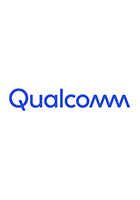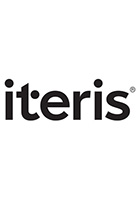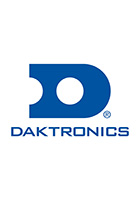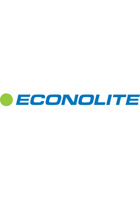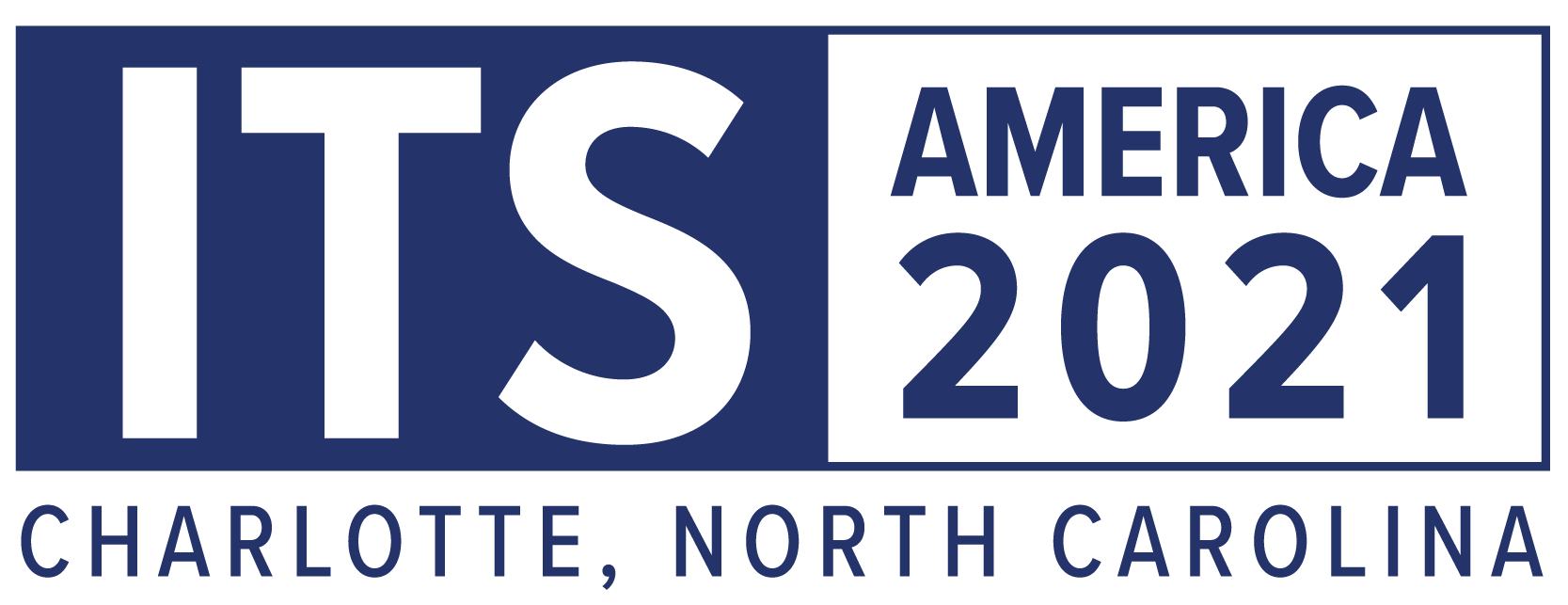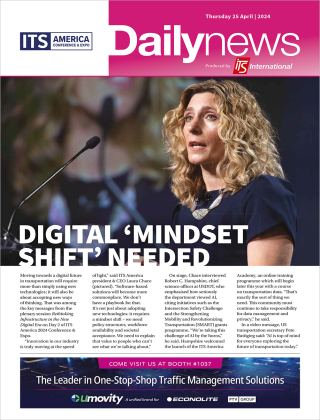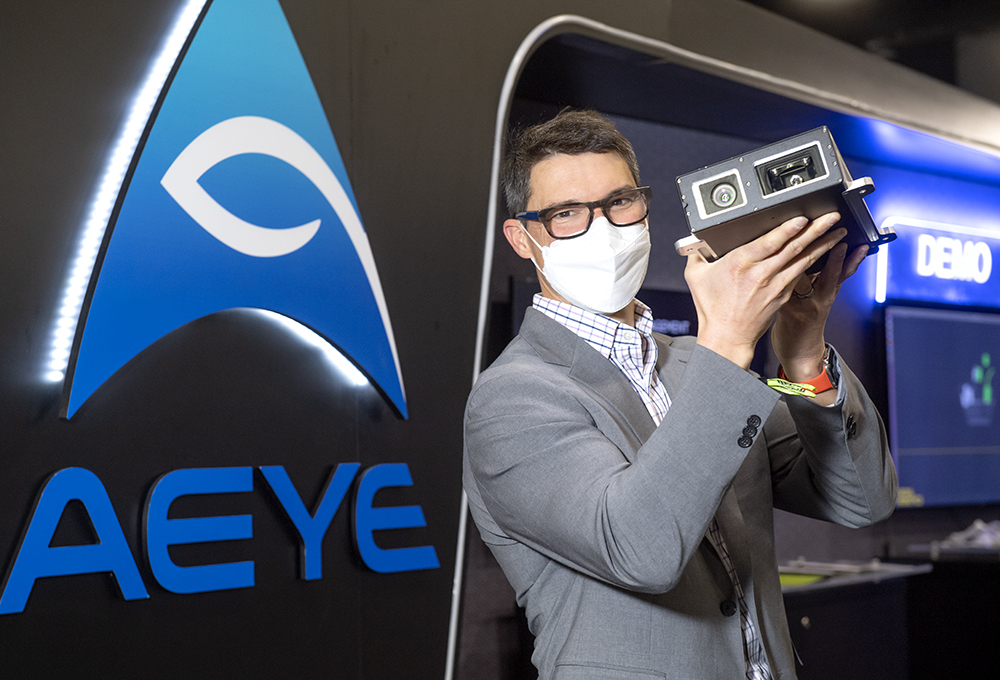
As Akram Benmbarek, VP of business development and strategic initiatives, points out, intelligent transportation systems are gaining sophistication, but still lack the intelligence to dynamically assess their environment and use real-time data to make smart decisions.
“This is where adaptive Lidar comes in, adding value to ITS by delivering reliable, real-time 3D data and accurate object detection in all conditions,” says Benmbarek, adding that Lidar works even in harsh weather and poor lighting - and, in AEye’s case, at very long range: “It can distinguish between a car or a mother with a stroller at 200 metres.”
At the company’s booth here in Charlotte, AEye will demonstrate Lidar’s role in advancing ITS systems, including applications like wrong-way detection, workzone safety warnings, smart parking, and SLAM - simultaneous localisation and mapping. Attendees will also learn about adaptive Lidar and its role in improving the safety, efficiency and connectivity of traffic infrastructure.
In this demo, delegates will see how adaptive Lidar improves intersection traffic management; tolling applications; monitoring of train station passenger boarding and deboarding; detection of train track obstruction; and operations in inclement weather.
“The traffic management systems of tomorrow will be aware of weather and traffic conditions,” says Brent Blanchard, AEye’s SVP and GM, industrial and mobility. “They will also better understand traffic patterns and will bring a new level of intelligence to their operations that will improve the life of their citizens, reduce pollution, reduce costs and so much more.”
Booth: 1321



